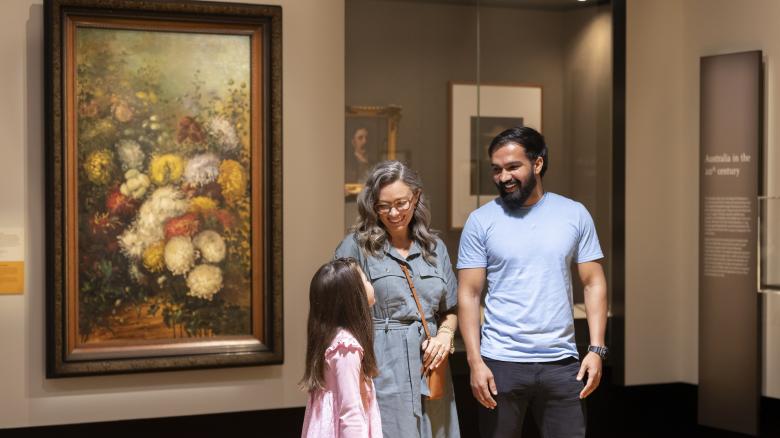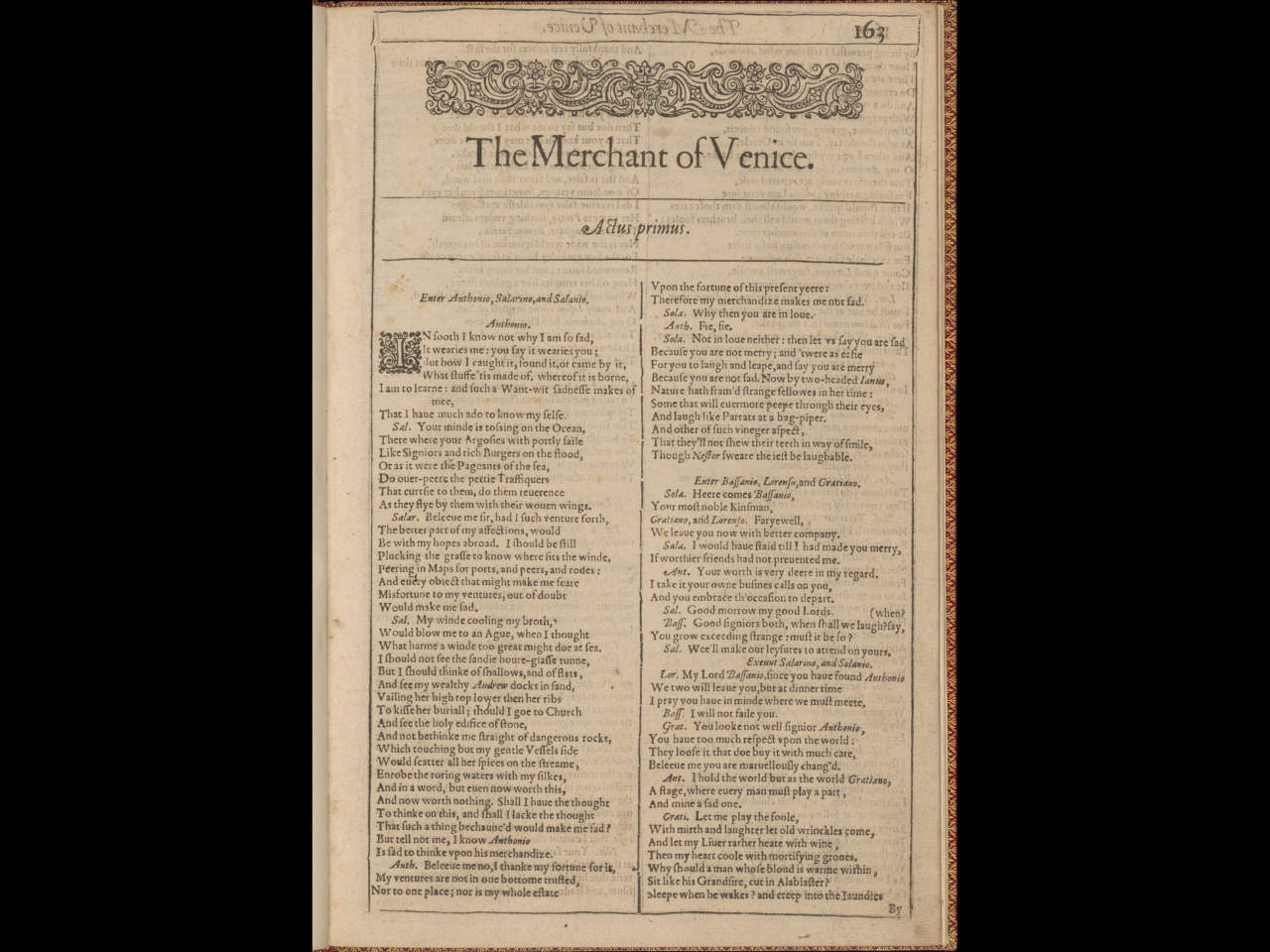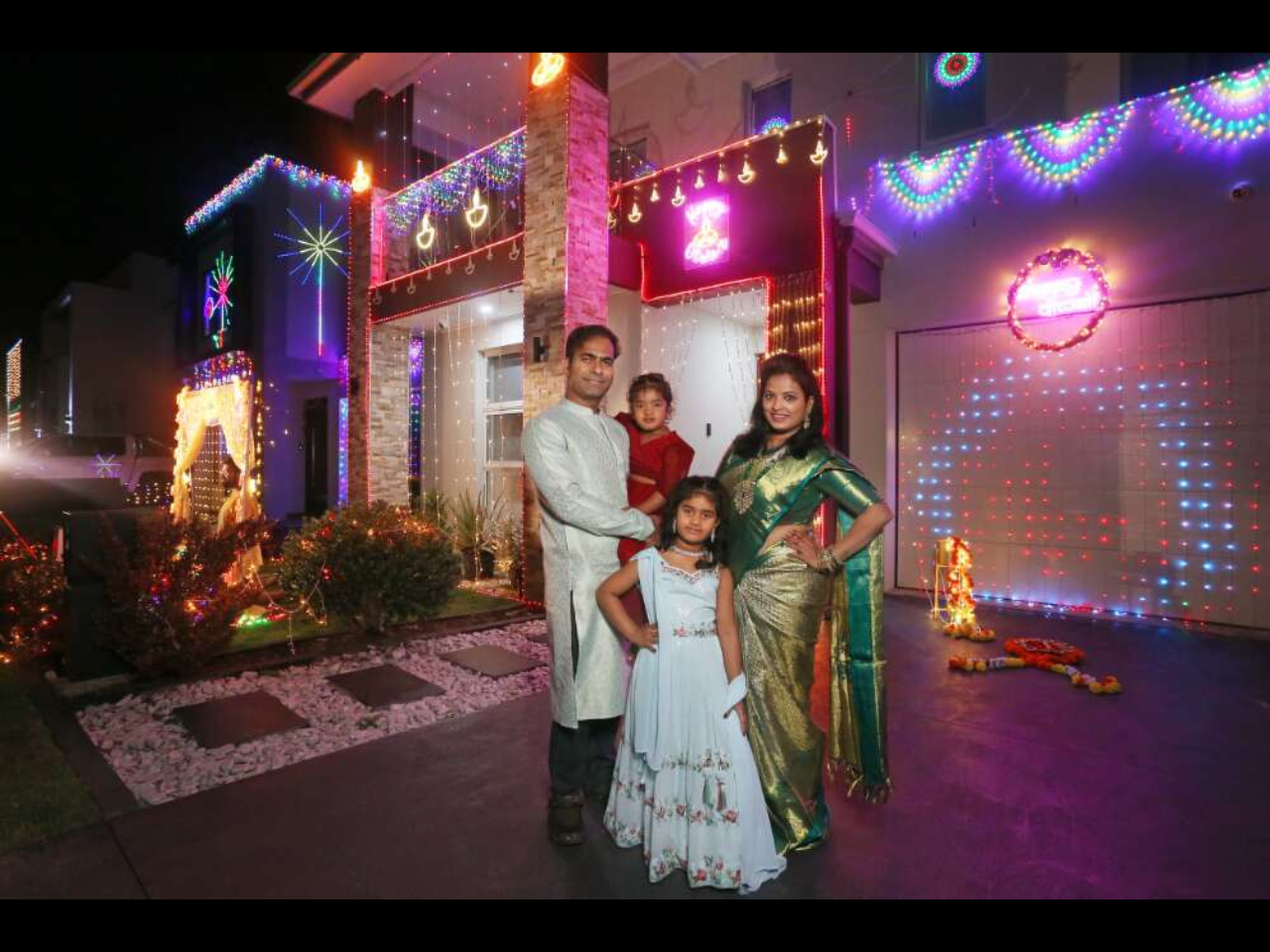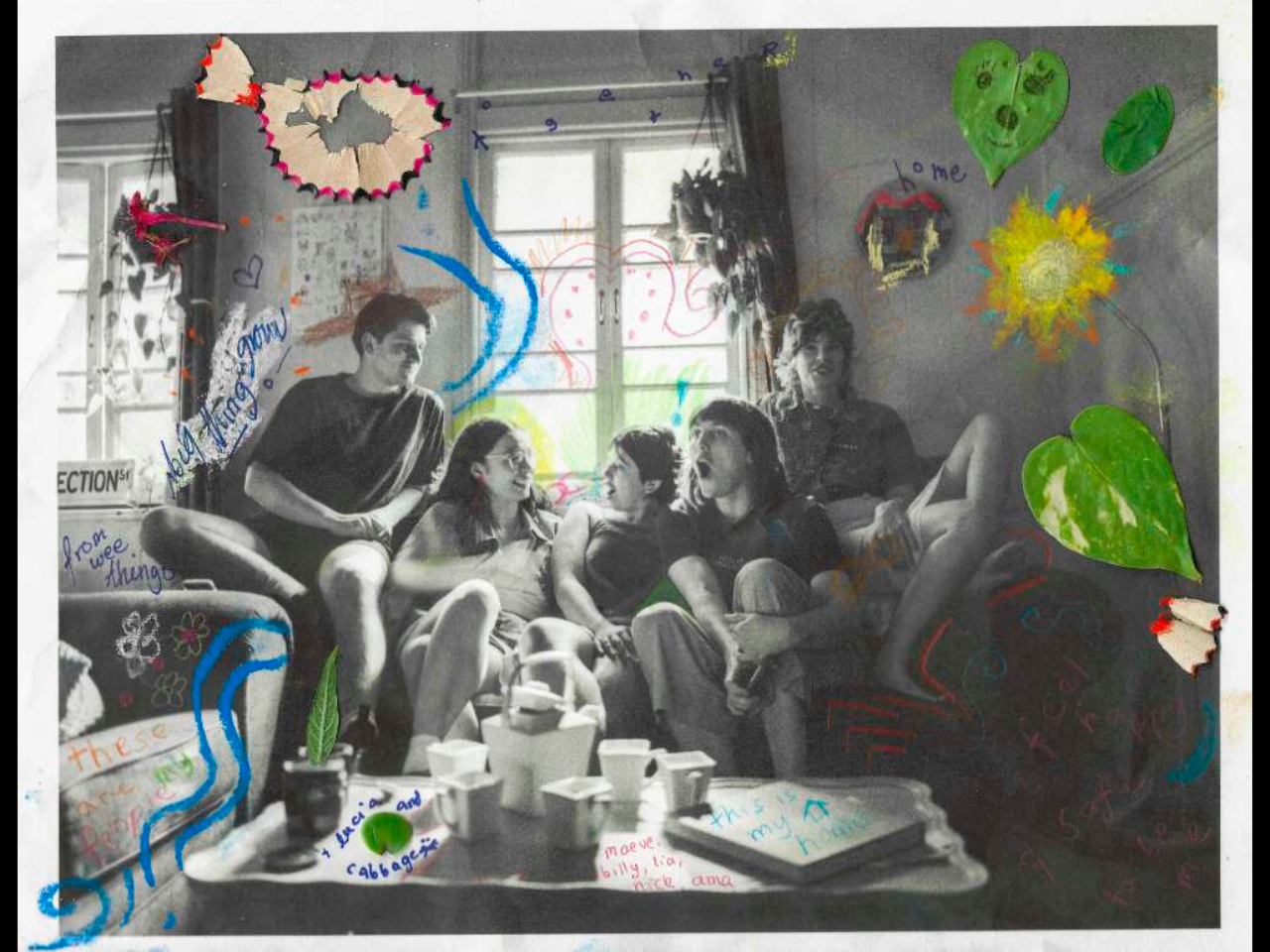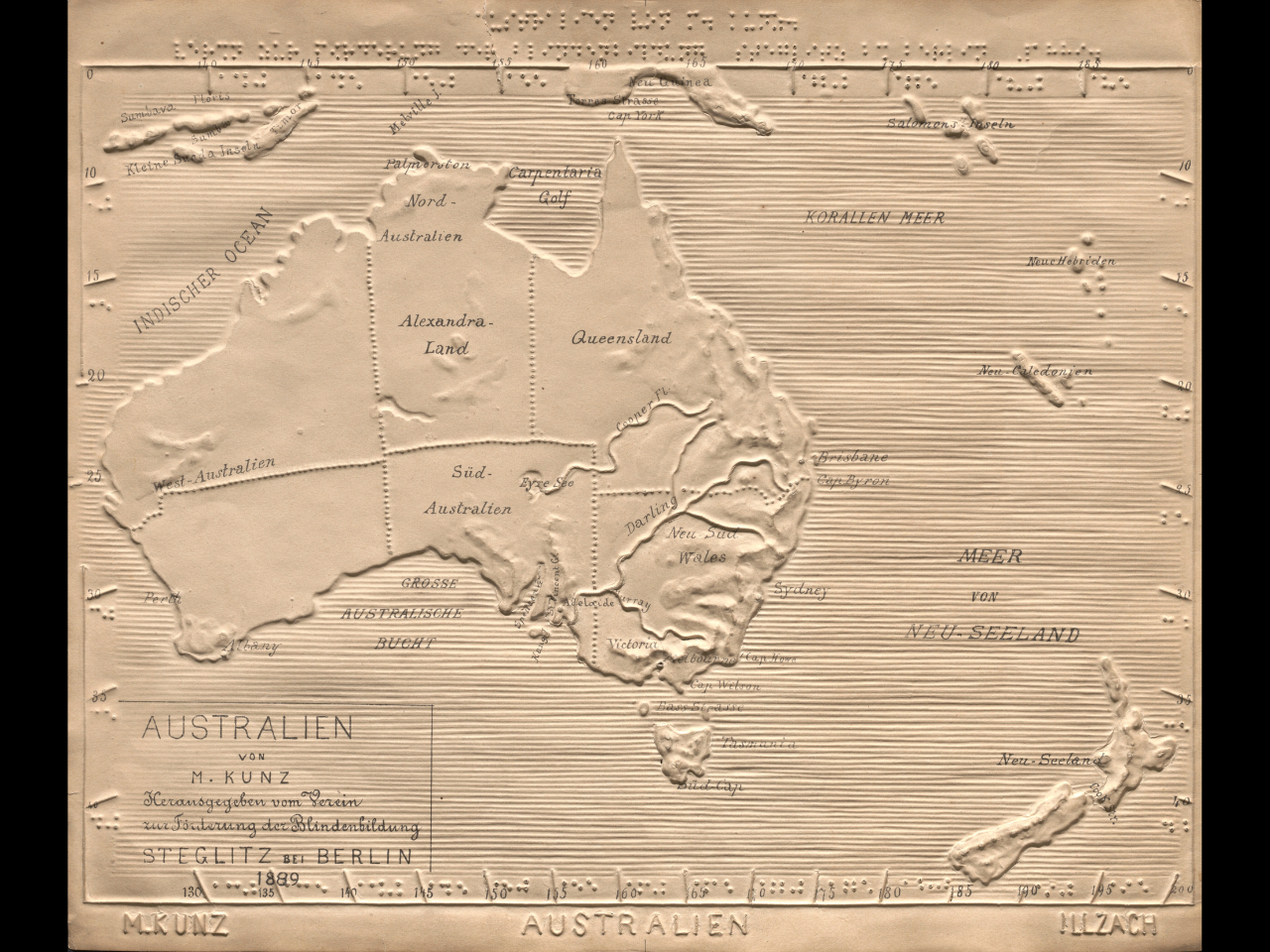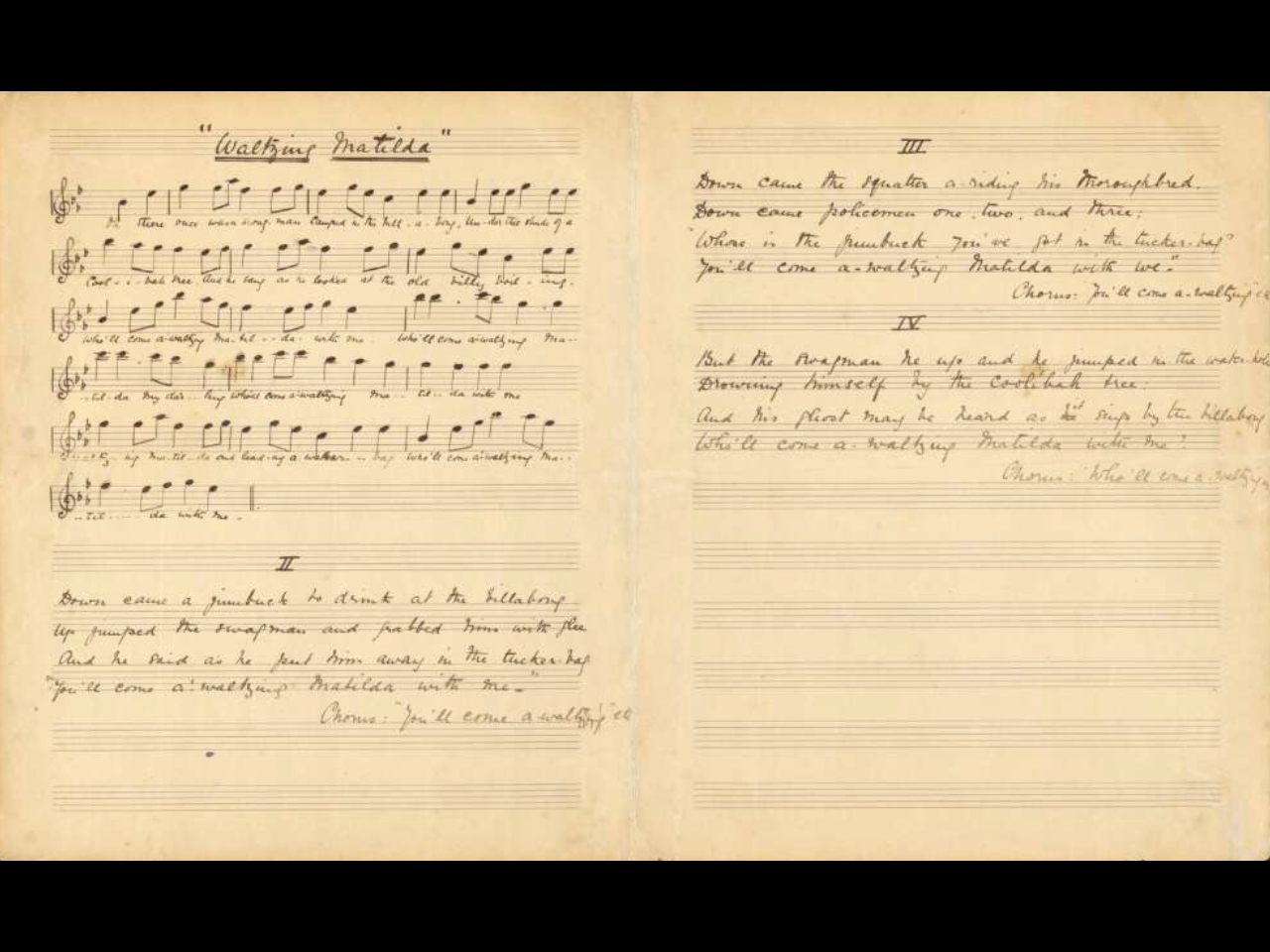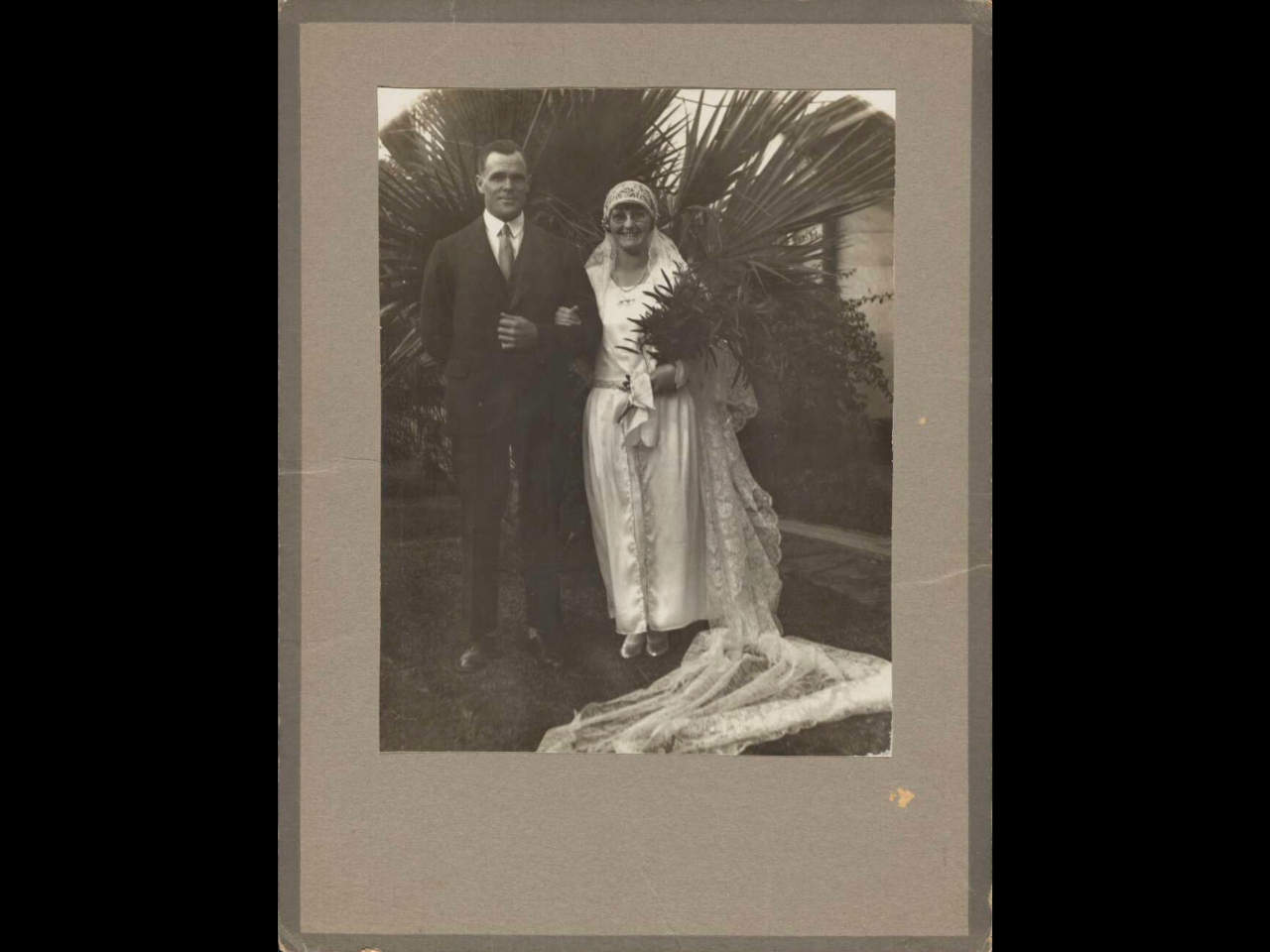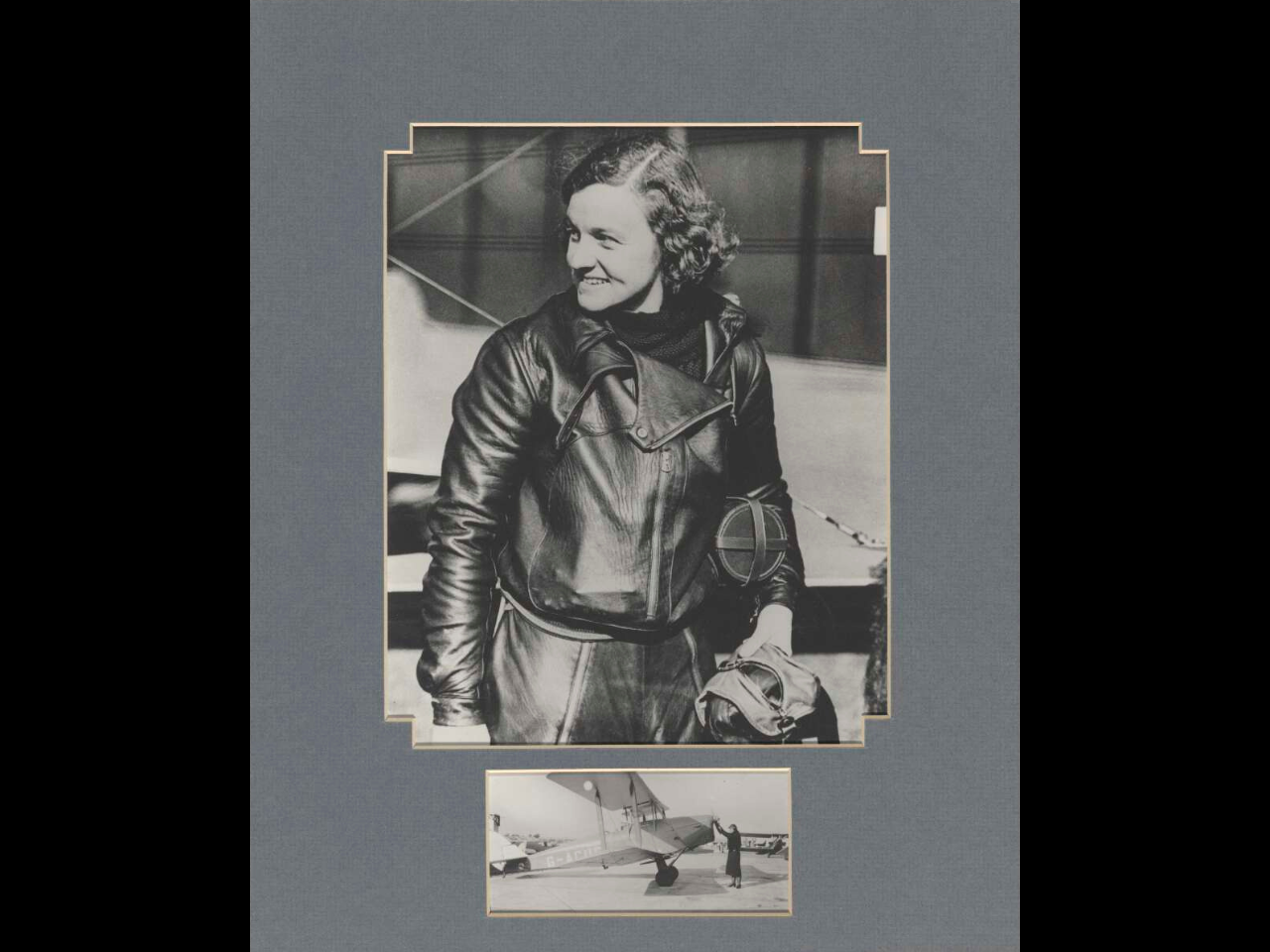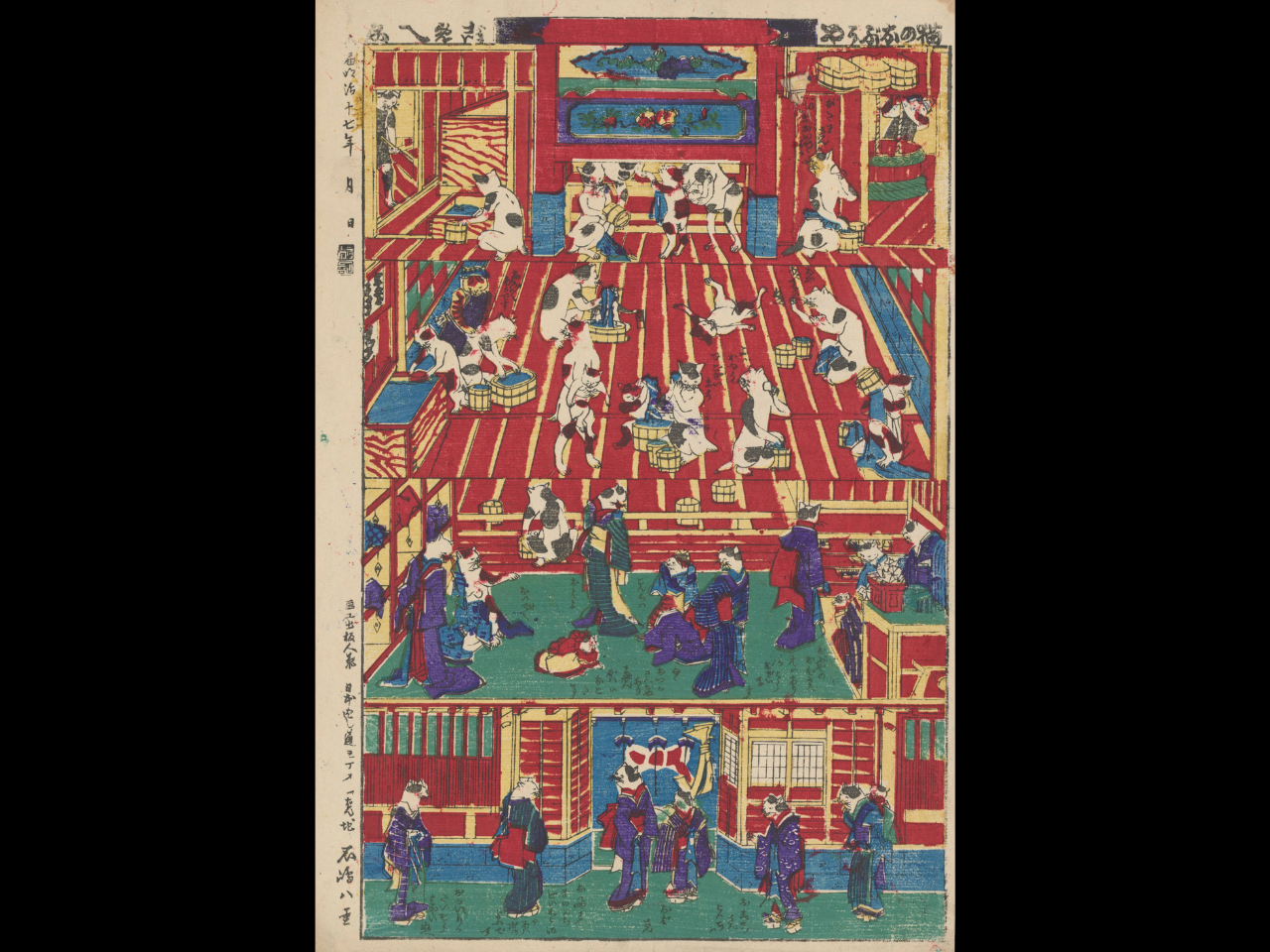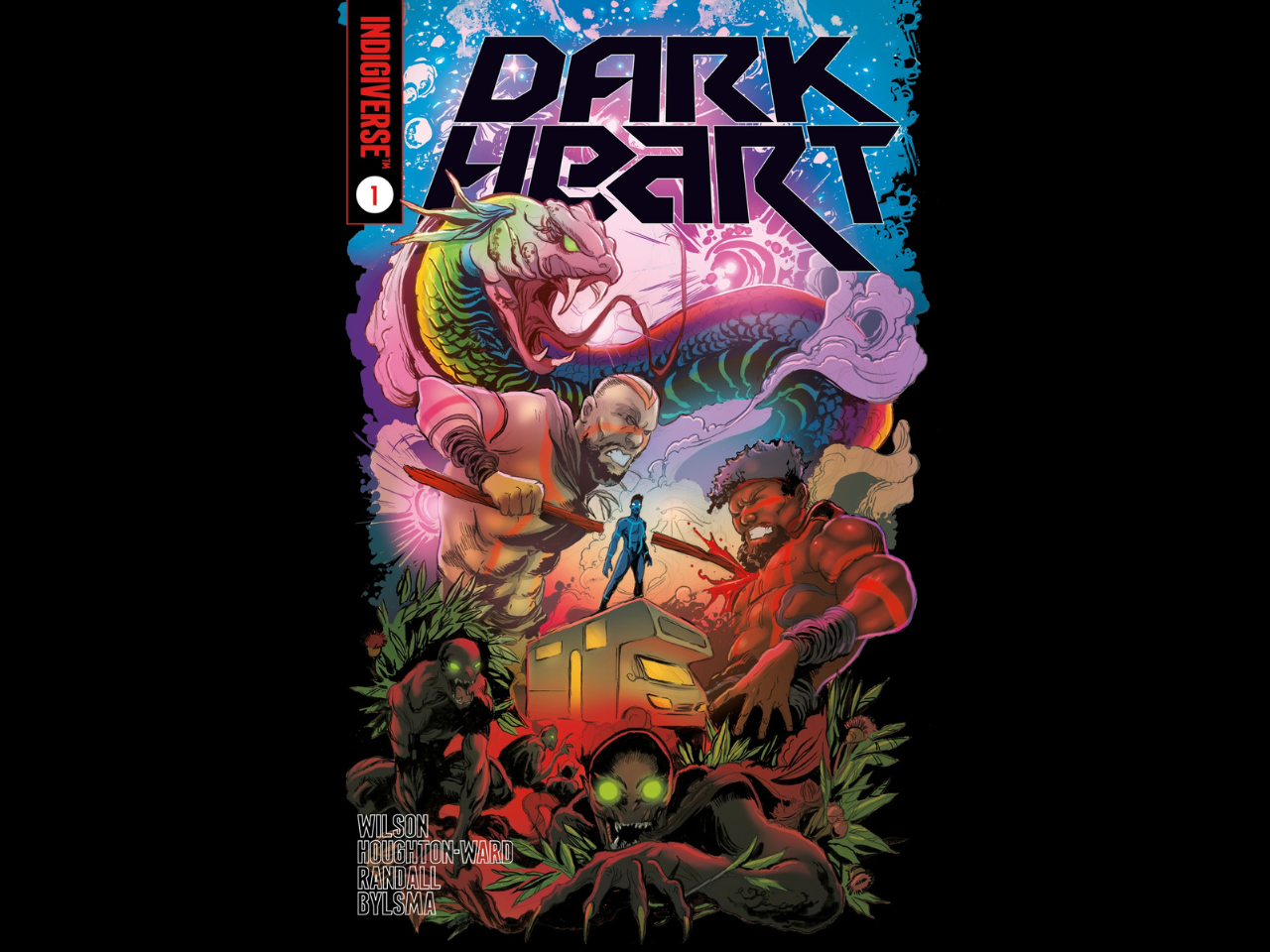Treasures Gallery
The Treasures Gallery showcases the extraordinary holdings of the National Library of Australia. Our vast collection is primarily made up of documentary resources and is the largest collection about Australia and the Australian people in the world.
Highlights of the latest display include:
- Behind-the-scenes videos showcasing our stacks and collection care and digitisation work
- Pages from William Shakespeare’s The Merchant of Venice from the First Folio (1623)
- A cedar bookcase carved by poet Dorothea Mackellar
- A tactile map of Australia embossed with Braille script
- Photographs from the nation’s photo album including images of Diwali celebrations, balls, share house residents, and the 27 brides over 64 years who wore the Lockhart family’s wedding veil
- A display of The Wiggles’ websites from 1997 to today from the Australian Web Archive.
The Treasures Gallery includes labels for children.
Treasures Gallery highlights
Plan your visit
For a quieter visit, our gallery spaces have quiet hours from 9:00 am to 10:00 am.
Treasures Gallery supporters
The Library warmly thanks Treasures Gallery supporters. Their generosity has made it possible to bring these treasures to life for the whole community.
Principal Treasures Gallery Partner
- The Ian Potter Foundation
Platinum Treasures Gallery Partners
- John T Reid Charitable Trusts
- Sidney Myer Fund
Gold Treasures Gallery Partners
- ActewAGL
- Dr James Bettison and Ms Helen James
- Professor Henry Ergas
- Harold Mitchell Foundation
- Macquarie Group Foundation
- Mr Kevin McCann AM
- Thyne Reid Foundation
Silver Treasures Gallery Partner
- Friends of the National Library of Australia
Bronze Treasures Gallery Partners
- Mr James Bain AM and Mrs Janette Bain
- Mr Victor Crittenden OAM
- Mr James O Fairfax AC
Opal Treasures Gallery Partners
- F and J Ryan Foundation
- Mr Philip Flood AO & Mrs Carole Flood
- GHD Pty Ltd
- Dr Kenneth Moss AM & Mrs Glenn Moss
Jade Treasures Gallery Partners
- Ms Cynthia Anderson
- Dr Desmond Bright and Dr Ruth Bright AM
- Mr Michael Heard and Mrs Mary Heard
- Mr Robert Hill-Ling AO and Mrs Rosemary Hill-Ling OAM
- Mrs Claudia Hyles
- Mr Baillieu Myer AC and Mrs Sarah Myer
- Miss Kay Rodda
- Mrs Mary Louise Simpson
- Mr John Uhrig AC and Mrs Shirley Uhrig
- One donor has given anonymously at this level
Amber Treasures Gallery Partners
The National Library has over 100 Amber Treasures Gallery Partners. Many other individual Library supporters have contributed generously through our Donation Boxes.
Visit us
Find our opening times, get directions, join a tour, or dine and shop with us.
